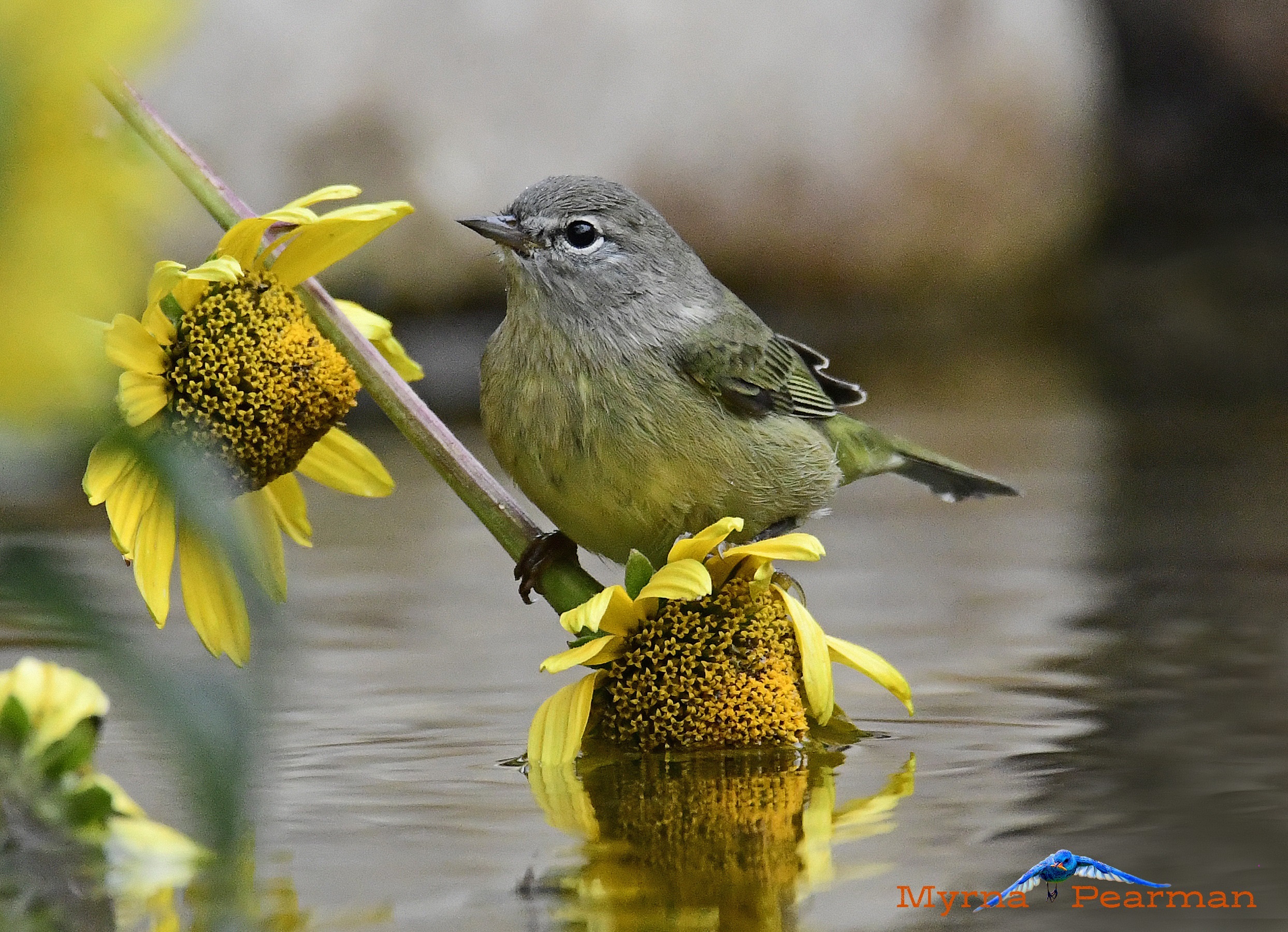(800) 563-7333
June 06, 2022 | Myrna Pearman, Chin Ridge Seeds (en-CA)

This article is part of our "Ask Myrna" Backyard Bird Feeding Series.
People who enjoy feeding backyard birds often have wider interests in nature and are engaged in a range of outdoor activities, from gardening and hiking to birding and wildlife photography. In many cases, backyard birds have sparked an interest in these other pursuits.
Backyard bird feeding enthusiasts are also cognizant that feeding birds is just one of the many ways individual landowners can support biodiversity and encourage wildlife to share our yards and gardens. The most effective—and rewarding—way to attract birds (and other wildlife!) is to create suitable habitats.
Creating habitat entails providing space within which birds can find the necessities of life, namely food, water , and shelter. While the food, water, and shelter components of habitat are easily described, the concept of space is less often considered. Most folks view space in the two-dimension—the square footage of a yard, balcony, water feature etc. But habitat is three-dimensional, with creatures occupying space from as high in the sky as birds migrate to as deep in the soil as microbial activity takes place. When considered thus, substantial volumes of habitat can be offered, even in relatively small backyards.
Creating habitat can be as basic as eschewing cosmetic pesticides, then planting trees/shrubs, and setting out nestboxes, feeding stations and/or bird baths. A more ambitious and multifaceted undertaking would be to replace expanses of lawn with appropriate plantings of wildlife-attracting trees, shrubs, perennials, annuals and ground covers, allow sections of your yard to support underbrush, and to offer additional water features and structural attractants (rockpiles, brush piles, etc.).
Properties that are located adjacent to wetlands, parks or other natural areas will more quickly attract a greater diversity of wildlife species than those located in new subdivisions. But be patient—it doesn’t take long for trees and shrubs to grow, and if you and your neighbours get together to create a larger and more complex tapestry of habitat, you will all soon have yards that are alive with bird song and activity.
Before you race off to start creating your bird-friendly yard, be sure to take the time to carefully plan, and break down your project into manageable chunks so that you can see the fruits of your labour without being overwhelmed.
If you are keen on transforming some of your yard into lush and vibrant habitat, there are many online resources available that can help. A good starting place is a book I co-authored with Dr. Ted Pike: NatureScape Alberta: Creating and Caring for Wildlife Habitat at Home. While written for Alberta, the content is applicable across the Canadian prairies. The book is available from several wild bird stores, or online from my bookstore: www.myrnapearman.com
